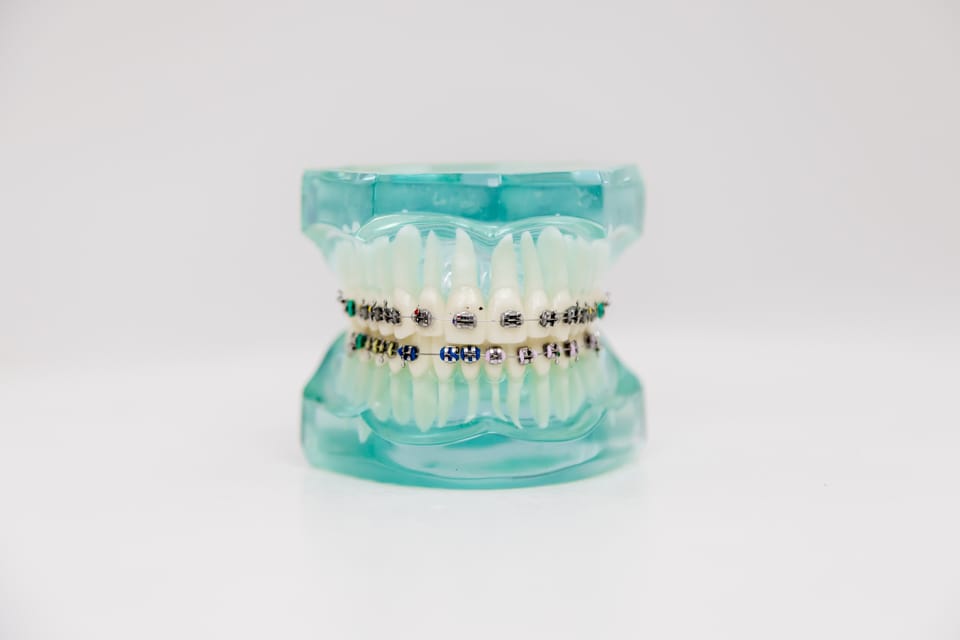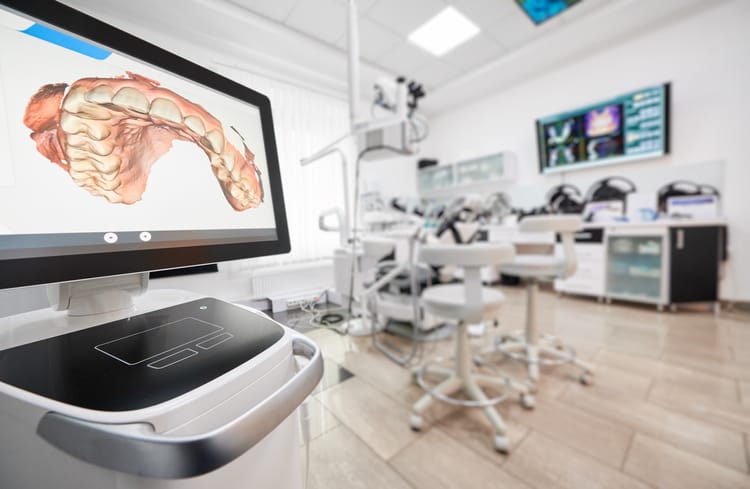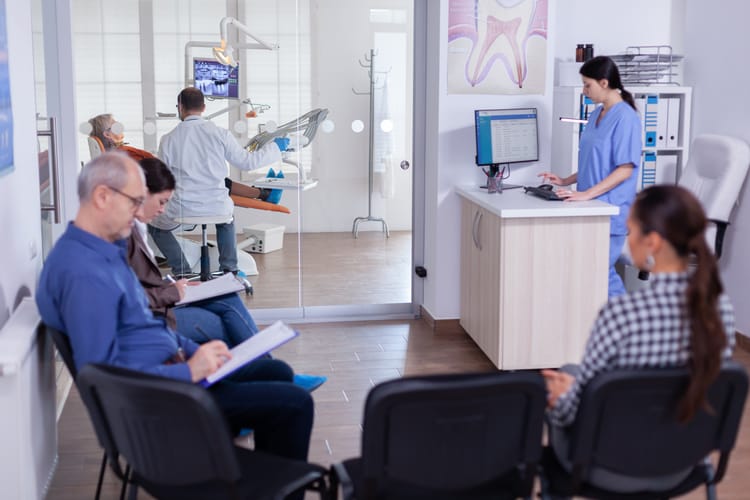'Software powered by AI can now design smiles'

A version of this story first appeared in the Dental Bite newsletter. To get it in your inbox, sign up for free by clicking here.
Digital dentistry is not new, but the technology is evolving quickly. More powerful imaging capabilities are making treatment planning easier. And, of course, AI is promising even more advances.
Kartik Antani, DMD, is the owner of NAPA Family Dental in Albuquerque and a winner of the coveted New York Academy of Dentistry Ethics Award and was named to the Top 40 Under 40 in New Mexico in 2018.
He spoke to Dental Bite about how he leverages digital dentistry and how he communicates with patients about his use of technology in their care.
What do you the biggest trends in digital dentistry right now?
Digital scanning, treatment planning, modeling and printing are definitely becoming more and more standardized. These technologies aren't necessarily new, but they have matured enough in time to become more dependable, easier to use and less expensive for the clinician.
Al is also speeding towards being more mainstream now. Software powered by AI can now design smiles and teeth, check for disease and contribute to the smooth workflow that digital dentistry provides.
How do you leverage digital dentistry in your practice?
We use 3D imaging, such as CBCTs and intra-oral scans, to perform digital treatment planning, mockups, surgical guides and, of course, checking for diseases that may not be visible on 2D imaging. With the use of digital dentistry, we can predictably place implants in ideal locations, design smiles and even offer single-tooth solutions more precisely. AI helps us cut down on error and inefficiencies.
How do you communicate with patients about your practice's use of technology?
We display our digital dentistry offerings on our website and we also discuss it in-person with patients. It's a good idea to proactively educate patients about these technologies, as sometimes they alleviate their anxiety.
For example, a patient nervous about X-rays may feel better when we mention that it is digital and ultra-low-dose. Another example could be a patient who is worried about impressions and their gag reflex, so we educate them that with intra-oral scanners, they won't feel a thing.
Are there any specific innovations that have the potential to improve digital dentistry and the patient experience in the near future?
Absolutely. AI has already started to make a big impact on digital dentistry and the patient experience, and in time, it will only get better. As new technologies become more streamlined, less expensive and more ubiquitous, dentistry will change for the better. We are on the precipice of very quick and very impactful advancements.
Don't be a stranger.
💠 Reply to this email to connect with our team.
💠 Forward Dental Bite to your colleagues.



